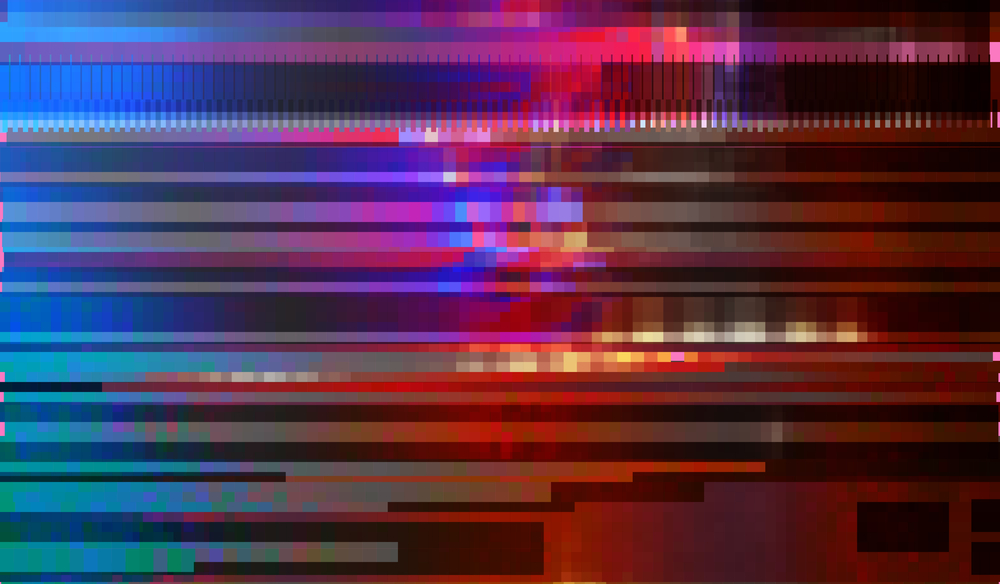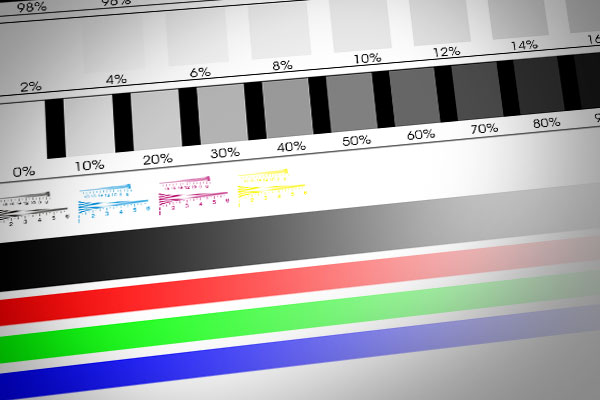

- #FREE MONITOR COLOR CALIBRATION FOR GRAPHIC DESIGN FOR MAC#
- #FREE MONITOR COLOR CALIBRATION FOR GRAPHIC DESIGN SOFTWARE#
- #FREE MONITOR COLOR CALIBRATION FOR GRAPHIC DESIGN PROFESSIONAL#
“Our viewers are viewing our content on an iPhone or iPad or Samsung television, so we always look at it on all the formats that we know it’s going to be looked at,” Kavanaugh says. That’s the approach director and producer Taylor Kavanaugh often uses. If exact colour isn’t your top priority, you can test your videos on a few different devices to make sure nothing is drastically wrong. Others argue that technology has advanced to the point that colour on all devices is essentially good enough.
#FREE MONITOR COLOR CALIBRATION FOR GRAPHIC DESIGN PROFESSIONAL#
Professional colorists recommend you calibrate displays at least once a month to ensure your colours stay consistent, especially as your monitor degrades and its colours change over time. With an accurate profile, you can pinpoint exact shades of colour and communicate those across devices. The colorimeter will test your monitor’s colours against industry colour standards, map the variations and create a unique colour profile (also known as an ICC profile) for your monitor. Once you’ve confirmed your monitor settings, the automatic calibration process will begin. The recommended brightness for a standard LCD screen is 120. It’s important to keep this setting consistent when you’re doing colour correction, so you don’t correct one scene at one brightness level and another at a totally different level. Luminance is the intensity of the light the screen emits, also known as brightness. For screens in dark rooms like home theatres, the recommended setting is 2.4, because in a darker room contrast is easier to see.

#FREE MONITOR COLOR CALIBRATION FOR GRAPHIC DESIGN FOR MAC#
This is the standard setting for Mac and Windows machines. For a screen situated in a bright room, like an office, the recommended display setting is 2.2. The recommended gamma setting depends on how you expect your video to be watched. A higher gamma value has the same extremes of black and white as a lower gamma value, but it will produce greater contrast within that range. Gamma is the rate at which shades go from black to white. If you’re working with still images that you plan to print, the white point of 5000K (D50) is recommended, as it looks more like white on paper. This is also known as the native temperature of your monitor. If you’re working with video on an LCD monitor, the recommended white point is 6500K or D65. With modern monitors, the white point is the temperature setting (measured in degrees Kelvin) that determines the warmth or coolness of your whites. Cooler whites will have red, orange or yellow tints.

Just as the hottest part of a candle’s flame is blue, a hotter white will have a bluish tint. There’s no such thing as a purely white light.
#FREE MONITOR COLOR CALIBRATION FOR GRAPHIC DESIGN SOFTWARE#
The first thing your software will do is ask you to specify your monitor type and target settings: Avoid shining direct light on your monitor and make sure the ambient light conditions are similar to those when you perform colour adjustments on your work. Devices like the Datacolor Spyder and the X-Rite ColorMunki will measure the ambient light wherever you are and recommend optimal calibration settings.īefore beginning the process, let your monitor warm up for about 30 minutes. A colorimeter is a small calibration device that fastens to your screen and works with calibration software to optimise display colour for your particular screen and your room’s particular lighting conditions. These programmes rely on your eye and eyes are subjective.įor objectively accurate colour, you need to use a colorimeter. Neither online calibration software nor the calibration tools that come with your Windows or Mac operating system will help you to obtain accurate colour. Since nearly every screen works on the RGB model, if you correct colour on a properly calibrated screen, you’re giving your work the best chance at appearing how you want it to on other people’s screens. This model dates back to the nineteenth century, but it’s also the standard for most TVs and computers.

Monitor or display calibration is the process of aligning your screen’s colours with the standards set by the RGB (red, green, blue) colour model.


 0 kommentar(er)
0 kommentar(er)
